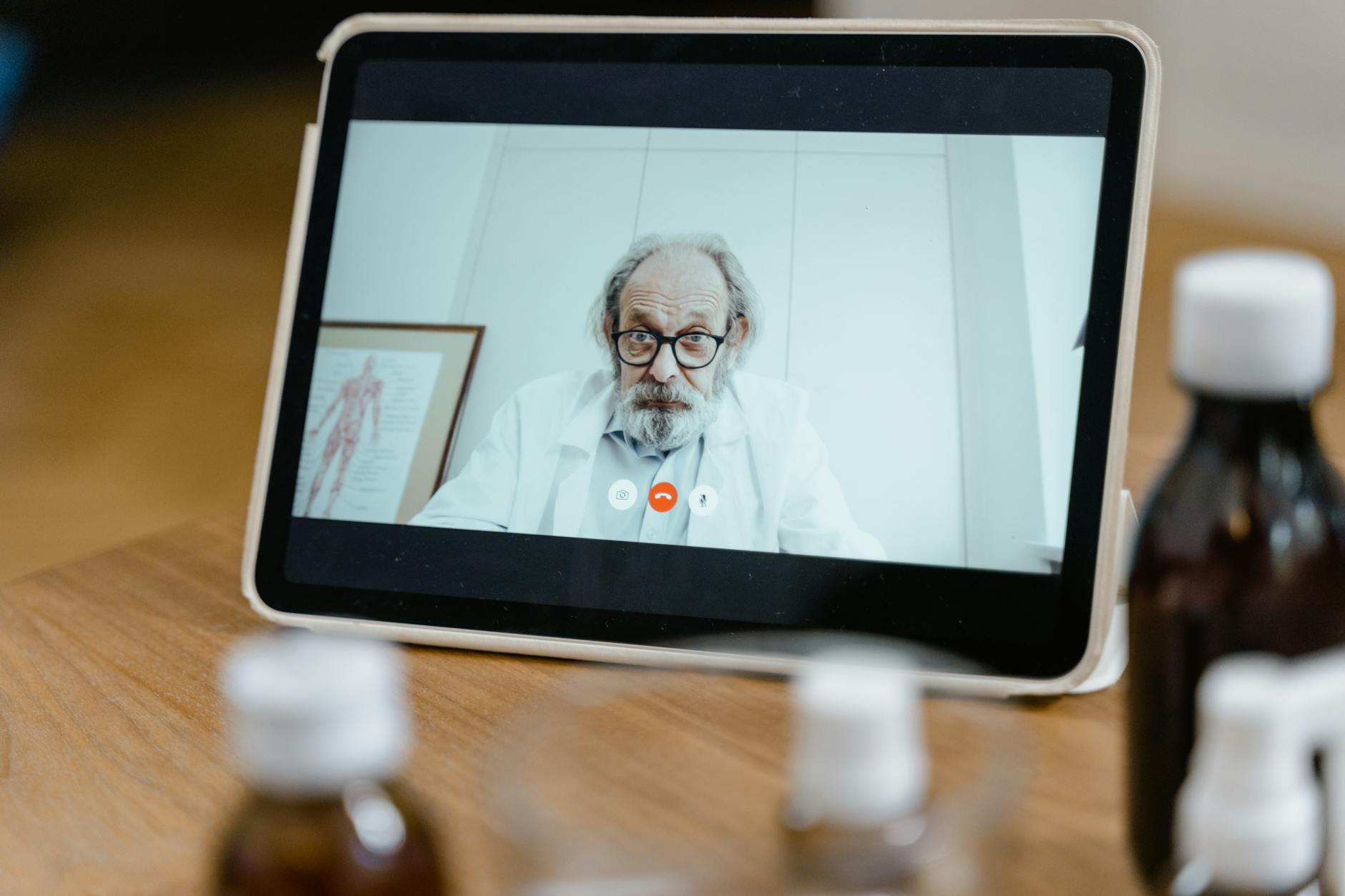Telehealth Services: Revolutionizing the Way We Access Healthcare
The global healthcare landscape is rapidly evolving, with advancements in technology enabling new and convenient ways to access medical services. One such innovation that has gained significant momentum in recent years is telehealth services. This groundbreaking approach to healthcare delivery allows patients to consult with healthcare providers remotely, eliminating the need for traditional in-person visits. By leveraging telecommunication technologies like video calls, text messaging, and mobile apps, telehealth services are streamlining doctor visits effortlessly and revolutionizing the way we receive care.
The convenience and accessibility offered by telehealth services are especially beneficial in today’s fast-paced world. With hectic schedules and limited time, many individuals struggle to prioritize their health and visit a doctor regularly. Telehealth services bridge this gap by allowing patients to connect with healthcare providers from the comfort of their own homes or offices. This means no more rushing through traffic or waiting in crowded waiting rooms – saving time and reducing the stress associated with traditional doctor visits.
Remote consultations through telehealth services also promote continuity of care, particularly for individuals with chronic conditions that require regular monitoring and follow-up. By enabling patients to communicate with their healthcare providers easily and regularly, telehealth services empower individuals to take proactive steps towards managing their health. This proactive approach can lead to better health outcomes and improved overall well-being.
One of the key advantages of telehealth services is the ability to reach underserved populations, including those in rural or remote areas with limited access to healthcare facilities. By breaking down geographic barriers, telehealth services ensure that individuals in rural communities can receive timely medical consultations and expert advice without the need to travel long distances. This not only improves healthcare access for underserved populations but also helps reduce healthcare disparities and improve health equity.
Incorporating telehealth services into routine healthcare practices can also lead to cost savings for both patients and healthcare providers. By reducing the need for in-person visits and associated overhead costs, telehealth services offer a more cost-effective alternative for routine medical consultations, follow-ups, and minor health issues. Additionally, telehealth services can help prevent unnecessary emergency room visits and hospital admissions by providing timely access to healthcare advice and interventions.
Telehealth services are not without challenges, including issues related to privacy and security, regulatory compliance, and technological barriers. However, ongoing advancements in telecommunication technologies and increasing acceptance of remote healthcare delivery are addressing these challenges and paving the way for a more widespread adoption of telehealth services.
In conclusion, telehealth services are revolutionizing the way we access healthcare by streamlining doctor visits effortlessly and enhancing convenience, accessibility, and continuity of care. As technology continues to reshape the healthcare landscape, embracing telehealth services as a complement to traditional in-person care can lead to better health outcomes, improved patient satisfaction, and a more efficient healthcare system. Embrace the future of healthcare with telehealth services and experience healthcare on your terms.



